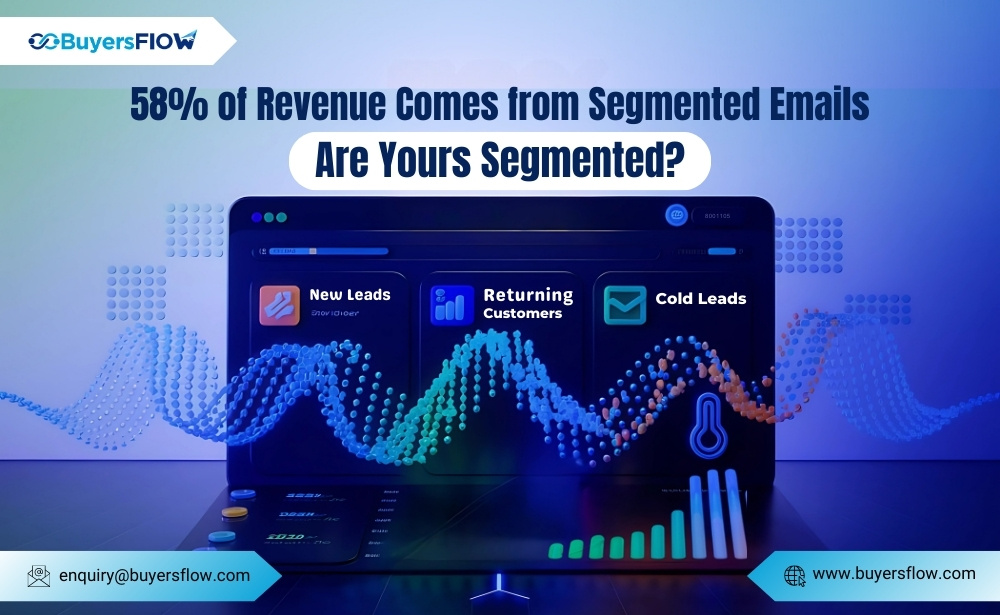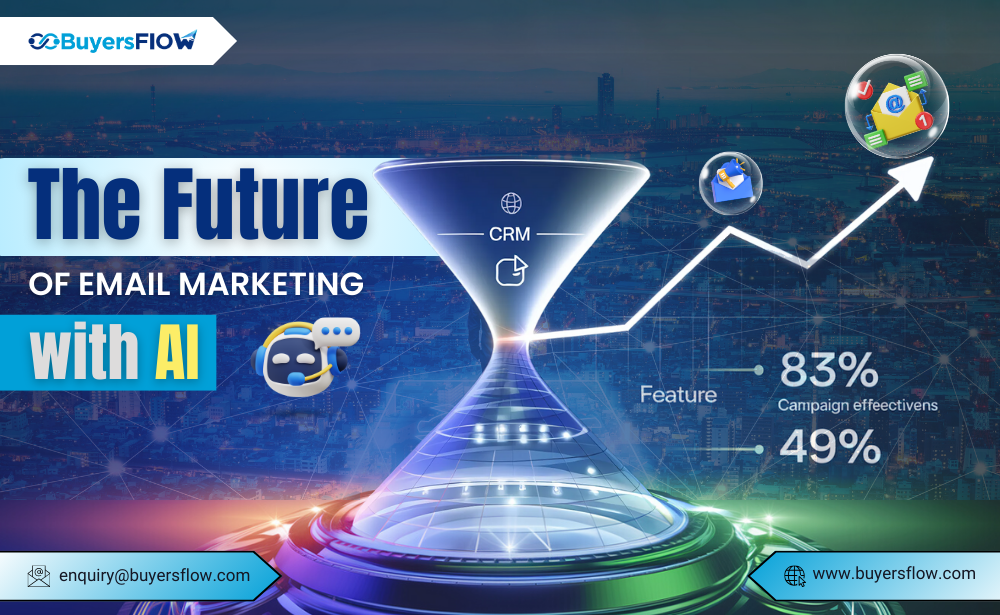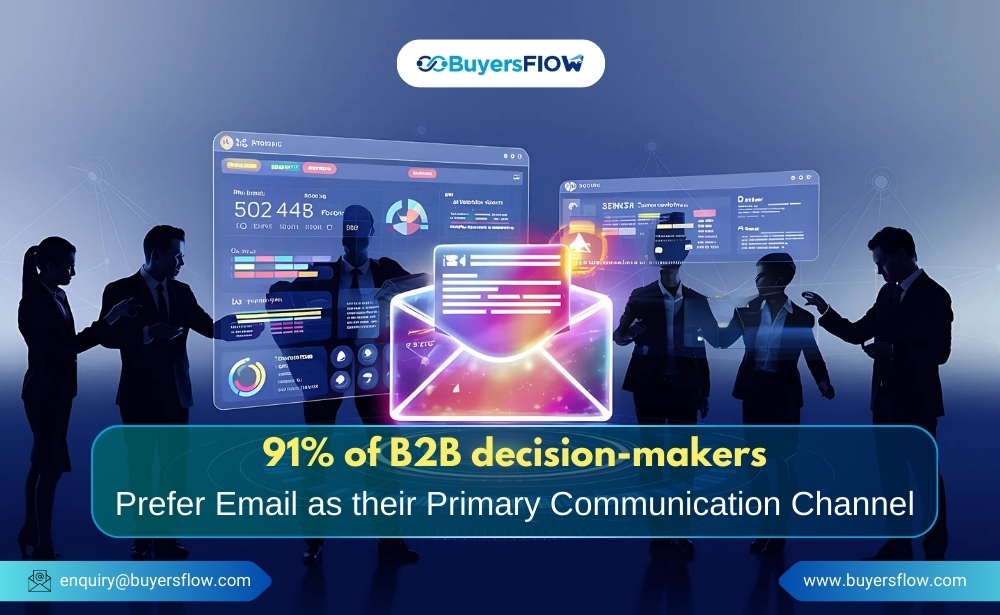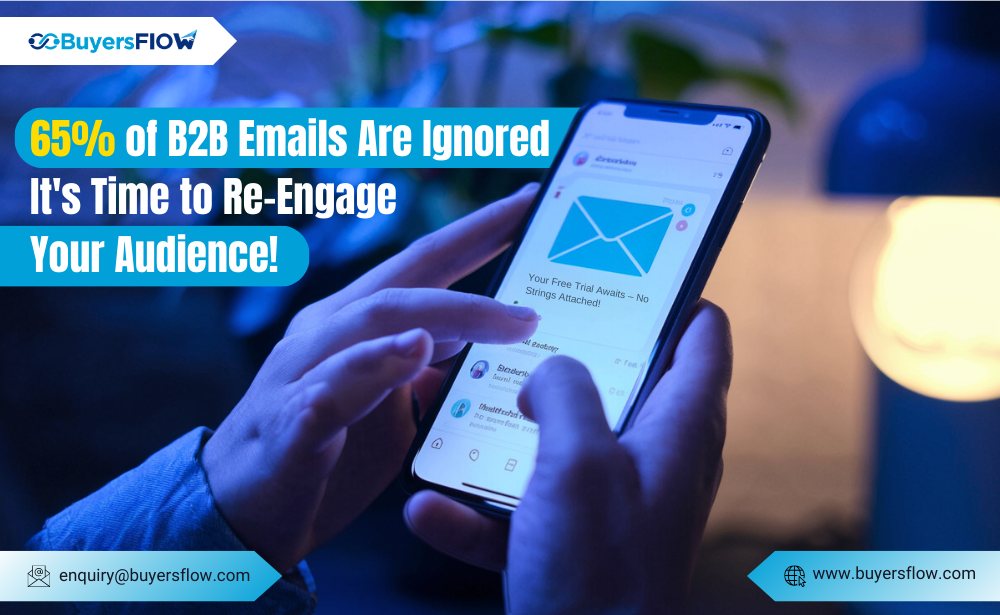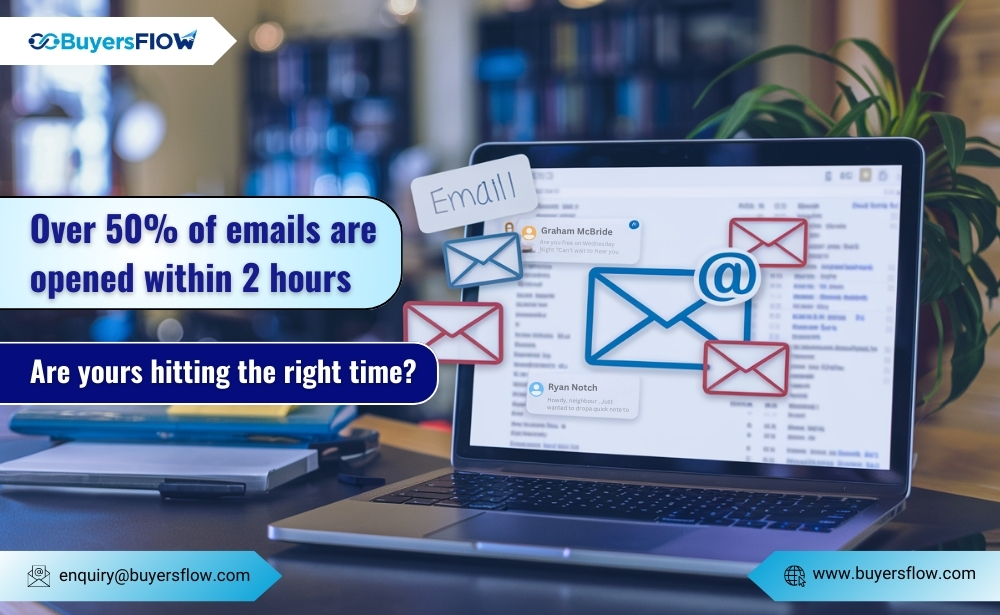Email marketing has always been a powerful tool, but as consumer expectations continue to rise, sending generic messages no longer works. In 2025, success in email marketing won’t just come from catchy subject lines or visually appealing designs; it will hinge on one essential strategy that is email segmentation.
Email segmentation is more than just a buzzword; it’s a highly effective way to group your leads and deliver hyper-personalized content. By targeting the right people with the right message at the right time, businesses can drastically improve engagement, reduce unsubscribes, and drive more conversions.
Let’s dive deeper into why email segmentation is set to become your most valuable asset and how tools like BuyersFlow can help you implement it effortlessly.
What is Email Segmentation and Why It Matters in 2025?
Email segmentation is the process of dividing your email subscribers into meaningful groups, or lead groups, based on specific criteria such as behavior, preferences, or demographics. It allows marketers to tailor their messages to the unique needs of each segment rather than sending the same content to everyone.
In 2025, email segmentation will no longer be optional. Here’s why it matters:
- Personalized Experiences are the Norm: Customers now expect brands to understand their needs and provide relevant content. Segmentation ensures your emails resonate with your audience.
- Improved Engagement: Segmented campaigns achieve significantly higher open and click-through rates because they cater to individual interests.
- Reduced Unsubscribes: Irrelevant emails are one of the top reasons people unsubscribe. With segmentation, you can deliver content that your audience finds valuable.
In short, segmentation transforms email marketing from a one-size-fits-all approach into a precision-targeted strategy that drives measurable results.
Benefits of Using an Email Segmentation Tool
While segmentation is powerful, it can be complex and time-consuming to manage manually. That’s where email segmentation tools come into play. These tools simplify the process, allowing marketers to focus on creating impactful campaigns.
Key benefits of using an email segmentation tool include:
- Simplified Lead Grouping: Automatically categorize subscribers into dynamic segments based on behavior, purchase history, or demographics.
- Higher Campaign ROI: Personalized emails generate more conversions, making your campaigns more cost-effective.
- Real-Time Data Integration: Tools like BuyersFlow analyze data continuously to refine segments and ensure accuracy.
- Scalability: Manage large subscriber lists effortlessly, even as your business grows.
For businesses looking to maximize efficiency, investing in a robust segmentation tool is a no-brainer.
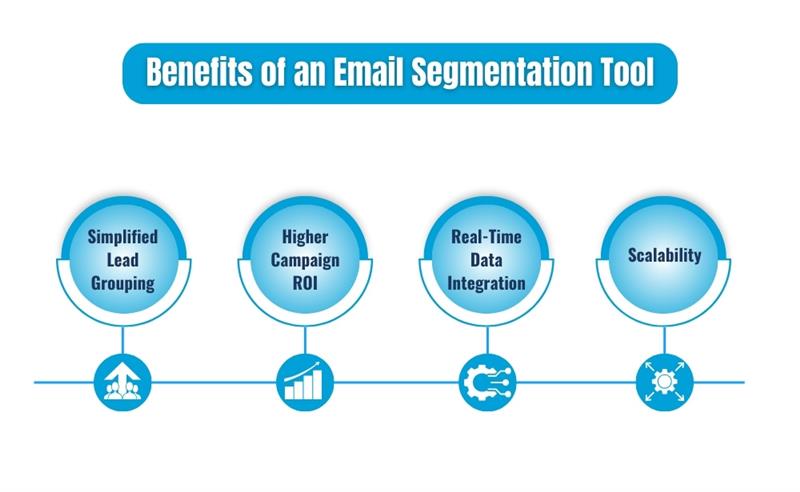
How to Create a Segmentation Strategy That Works
A well-executed segmentation strategy is the foundation of any successful email campaign. Here’s how to build one that delivers results:
1. Analyze Your Audience
Start by understanding who your subscribers are. Collect data such as:
- Demographics (age, location, gender)
- Purchase behavior
- Email engagement metrics (opens, clicks, etc.)
- Preferences (e.g., product categories of interest)
2. Define Lead Groups
Divide your audience into actionable segments based on shared characteristics. Common lead groups include:
- New subscribers
- Engaged customers
- Lapsed customers
- High-value buyers
3. Leverage AI for Dynamic Segmentation
AI-powered tools refine segmentation by analyzing real-time data. For example, an AI algorithm can detect changes in a subscriber’s behavior and automatically move them to a more relevant group.
4. Personalize Messaging for Each Segment
Craft emails that address the specific needs of each group. A new subscriber might receive a welcome series, while a high-value buyer could get exclusive offers or loyalty rewards.
5. Test and Refine
Continuously test your segmentation strategy to identify what works best. Testing subject lines, offers, and layouts can provide valuable insights to optimize your campaigns further.
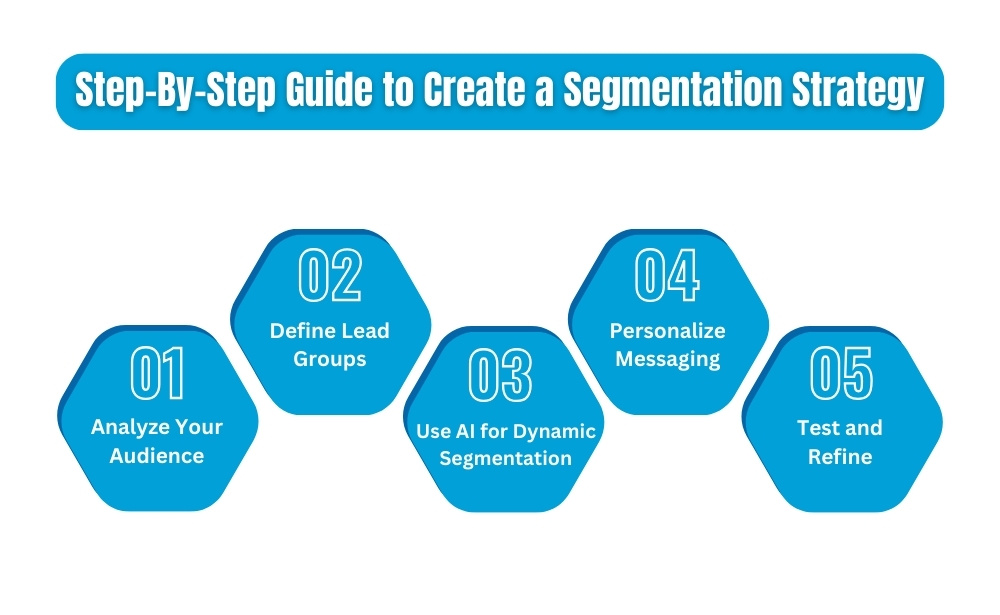
The Role of AI in Email Segmentation
Artificial intelligence is revolutionizing how businesses approach email segmentation. By processing large volumes of data quickly and accurately, AI takes segmentation to a whole new level.
How AI Enhances Segmentation
- Behavioral Analysis: AI tracks subscriber actions—like website visits or purchase history—and uses that data to group them into relevant segments.
- Predictive Insights: AI can predict customer behavior, such as the likelihood of a purchase, enabling you to target leads with the right message at the right time.
- Automated Updates: AI dynamically adjusts lead groups based on changes in customer behavior, ensuring segments are always up-to-date.
With AI-driven insights, marketers can move beyond static lists and create campaigns that truly resonate with their audience.
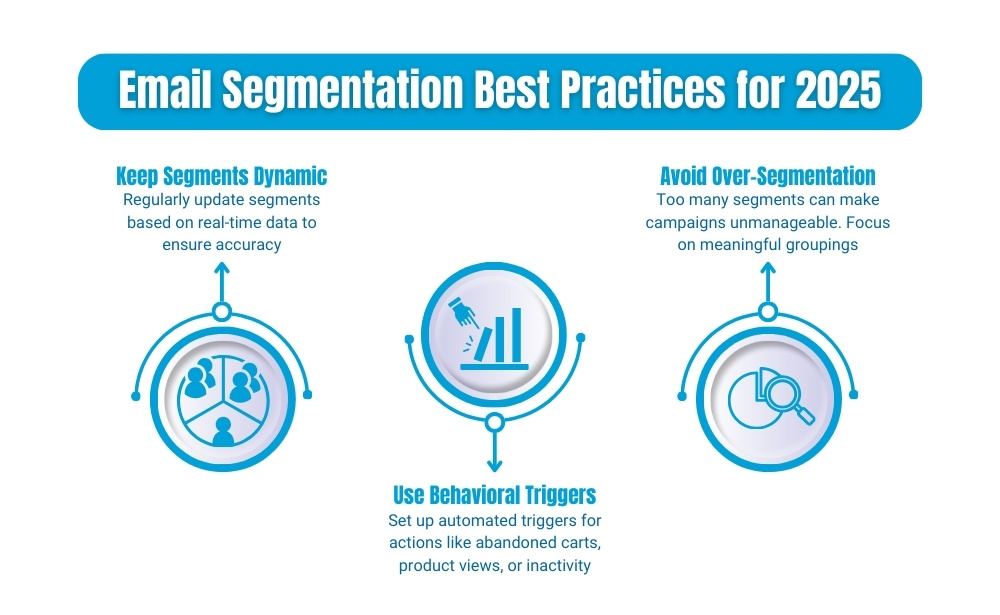
Conclusion
As we move into 2025, email segmentation will become an indispensable tool for businesses that want to stay competitive. By dividing your audience into meaningful groups and delivering personalized messages, you can achieve higher engagement, reduce churn, and maximize ROI.
The key lies in leveraging the right tools. With AI-driven software, segmentation becomes effortless, allowing you to focus on creating impactful campaigns that convert.
Ready to elevate your email marketing strategy? Let BuyersFlow help you harness the power of segmentation and take your campaigns to the next level.
